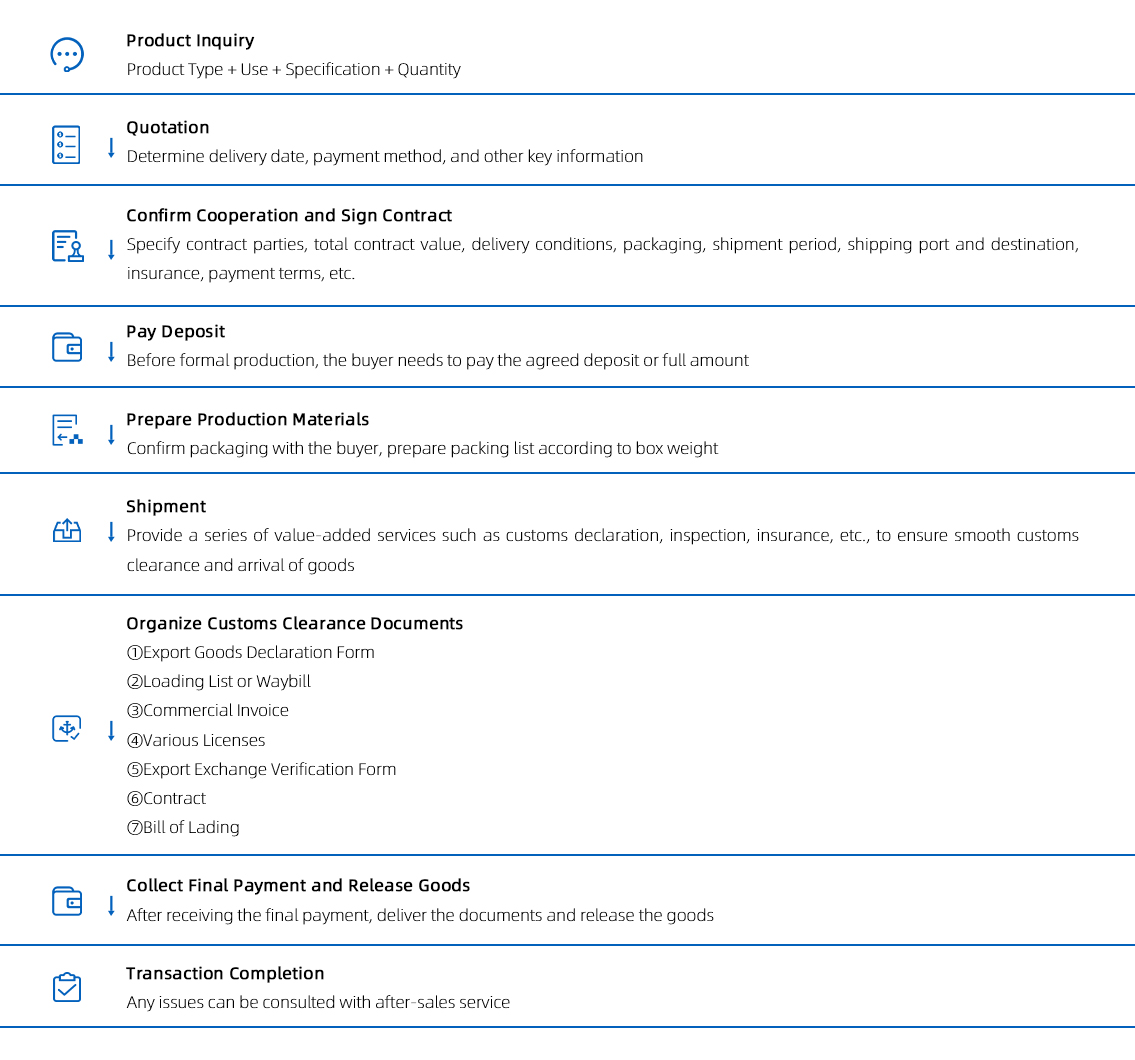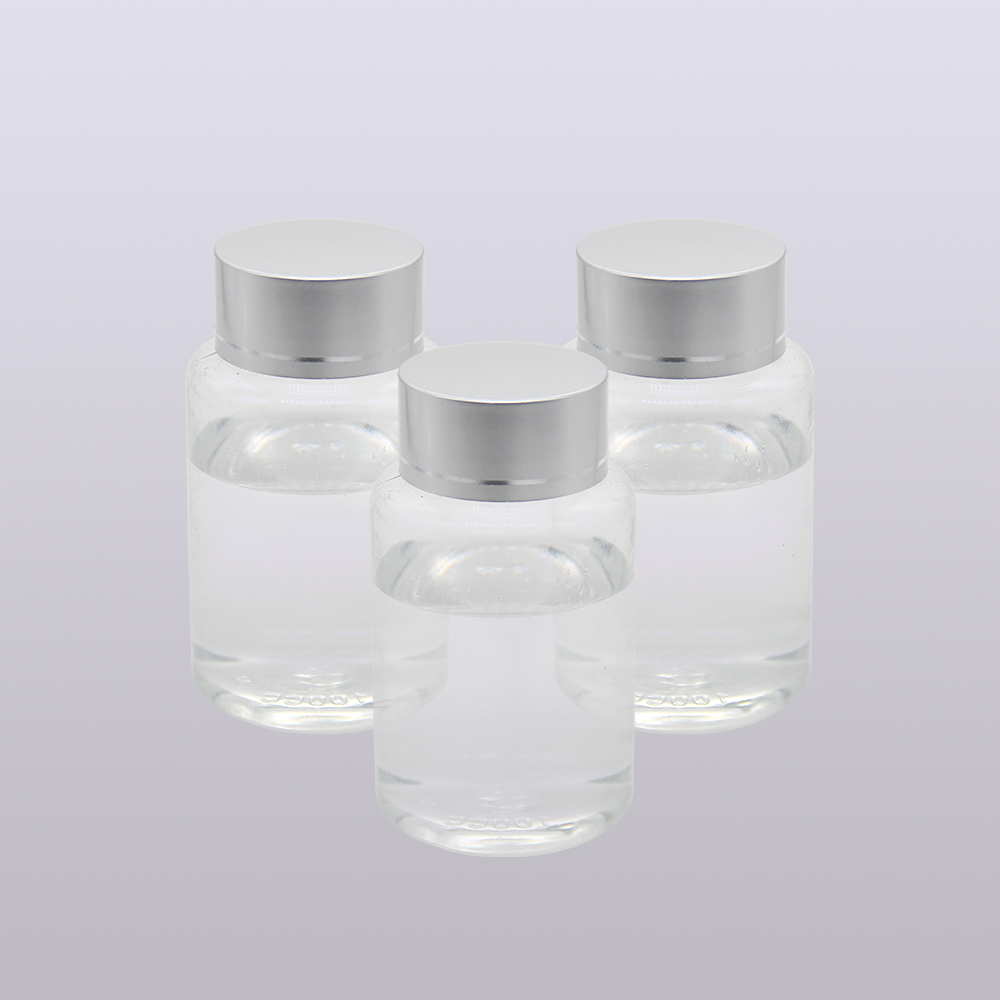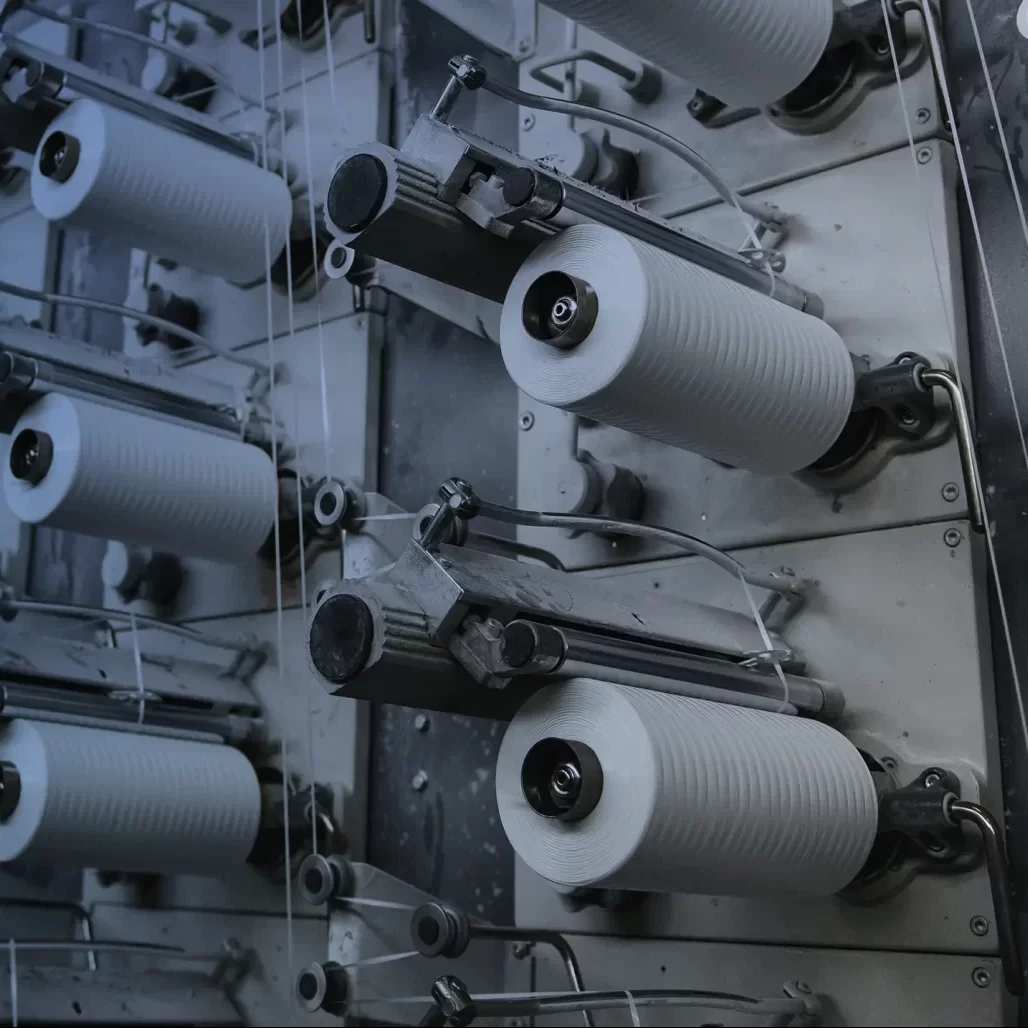Water Decoloring Agent
In the textile industry, Water Decolorizing agents are widely used in wastewater treatment, especially in the treatment of wastewater generated in dyeing and printing processes.
Water decolorizing agent is mainly through electric neutralization, adsorption precipitation, bridging and other chemical actions to quickly and effectively remove pigments and other impurities in water.
Most of these compounds are cationic polymers that react with negatively charged dye molecules to form water-insoluble macromolecular polymers that are removed from water by precipitation or flotation.
Email address :info@jinmaicn.com
Telephone :+8617753136665
-
Product Introduction
-
Product Specification
-
Product Application
-
Quality Certificate
-
Transaction Process
-
Packaging Standards
-
Transportation Guarantee
-
Service Commitment
Main Components: Dicyandiamide Formaldehyde Resin
Appearance: Colorless or Light-color
Sticky Liquid Dynamic Viscosity (mpa.s,20°C):10-500
pH (30% water solution):2.0-5.0 Solid content % ≥:50
In the textile industry, Water Decolorizing agents are widely used in wastewater treatment, especially in the treatment of wastewater generated in dyeing and printing processes.Water decolorizing agent is mainly through electric neutralization, adsorption precipitation, bridging and other chemical actions to quickly and effectively remove pigments and other impurities in water. Most of these compounds are cationic polymers that react with negatively charged dye molecules to form water-insoluble macromolecular polymers that are removed from water by precipitation or flotation.
| Model | WA-50 |
| Appearance | Light to light yellow transparent viscous liquid |
| Solid content % ≥ | 50.0 |
| Viscosity (mpa.s.20’C) | 20-300 |
| PH Value | 1.0-3.0 |
(1) Textile dyeing wastewater treatment: The synthetic dyes used in the textile dyeing process are difficult to biodegrade, and the traditional biological treatment methods are difficult to remove the color of the water body, and the use of water decolorizer can effectively solve this problem.
(2) Printing wastewater treatment: the colors and auxiliaries used in the printing process will also cause the wastewater to show complex colors, and the use of water decolorizer can significantly improve the treatment efficiency of wastewater.
(3) Washing wastewater treatment: In the textile finishing process, the washing wastewater also contains a variety of dyes and chemicals, and the appropriate use of water decolorizer can speed up the wastewater treatment speed and improve the water quality.




(1) Ensuring Safety:
The packaging materials we choose that can withstand various physical and chemical challenges encountered during long-distance transportation, including drops, pressure, and changes in temperature and humidity. For hazardous chemicals that are flammable, explosive, toxic, or corrosive, special safety packaging will be used to ensure compliance with the United Nations “Recommendations on the Transport of Dangerous Goods: Model Regulations” (also known as the UN regulations).
(2) Leakage Protection:
Our packaging will include enhanced measures to prevent leakage, especially for liquids or chemicals that can produce harmful vapors. This will be achieved through the use of double-layer packaging or special sealing techniques to provide additional safety assurance.
(3) Clear Label Information:
We will ensure that correct labeling information is clearly marked on the packaging, including product name, hazardous material identification, batch number, manufacturer information, etc. Hazardous materials will be labeled with the appropriate hazard labels and UN numbers in accordance with international regulations such as the IMDG Code (International Maritime Dangerous Goods Code) or ICAO TI (International Civil Aviation Organization Technical Instructions).
(4)Environmental Protection Factors:
Our packaging will take environmental impact into consideration. We will use recyclable or biodegradable materials as much as possible, avoid excessive packaging, reduce waste and costs, and adhere to the principles of sustainable development.
(1) We will ensure the transportation vehicles and related equipment are in perfect condition and meet all safety standards and regulatory requirements.
(2) We will ensure that the speed, route, and driving safety during transportation comply with traffic regulations and customer requirements, avoiding illegal and dangerous driving.
(3) We will ensure that the storage, loading, unloading, cleaning, maintenance, and repair of chemicals during transportation comply with safety regulations and requirements, maximizing the safety and stability of the chemicals.
(4) We will ensure that professional and skilled staff coordinate, operate, and manage the delivery and distribution processes, with effective emergency response and handling measures in place.
(5) We will monitor and track the entire transportation process through tracking records, video surveillance, and ensure timely response and handling of related incidents.
(6) We will adhere to relevant laws and regulations, strictly managing and controlling the transportation of chemicals to ensure their safety.
(1) We will provide timely transportation and delivery according to customer needs, ensuring prompt fulfillment of customer delivery requirements.
(2) We will adhere to transportation schedules, achieving precise delivery, improving delivery efficiency, and offering comprehensive delivery services.
(3) We will establish a complete customer service system, equipped with a professional chemical management team, to ensure delivery times and promptly deal with customer complaints, inquiries, and other issues.






